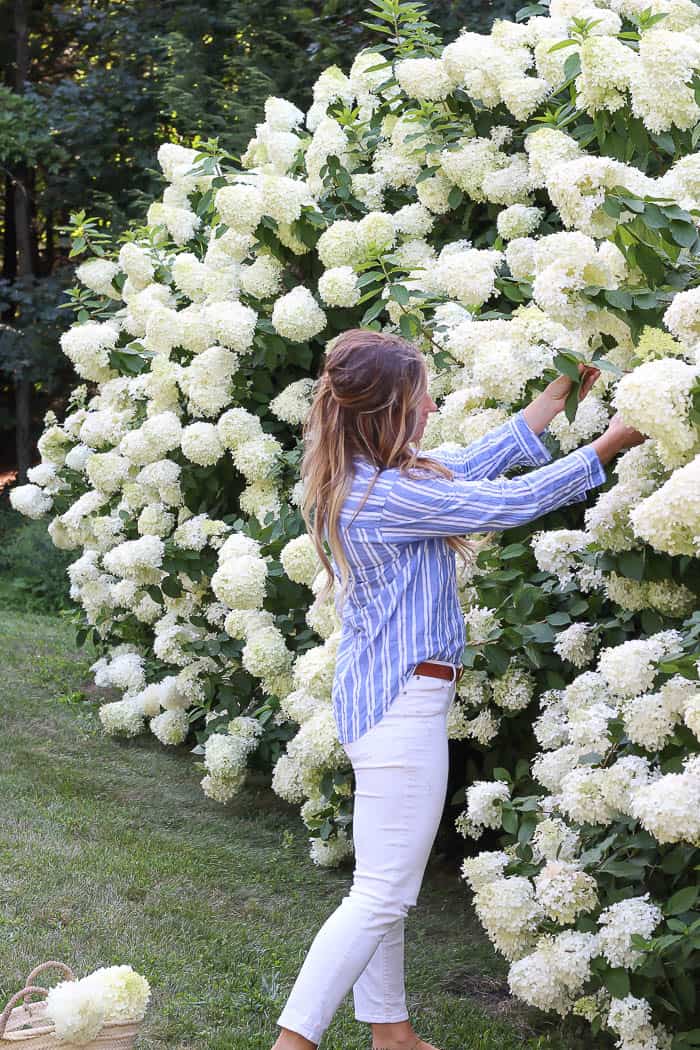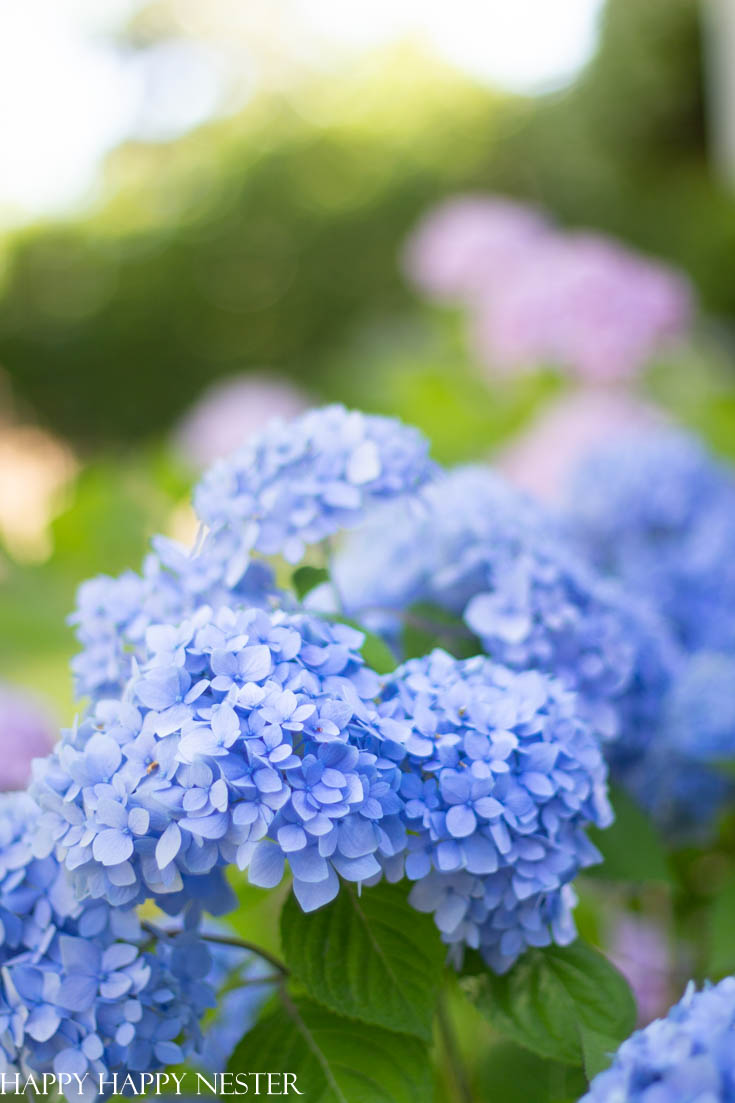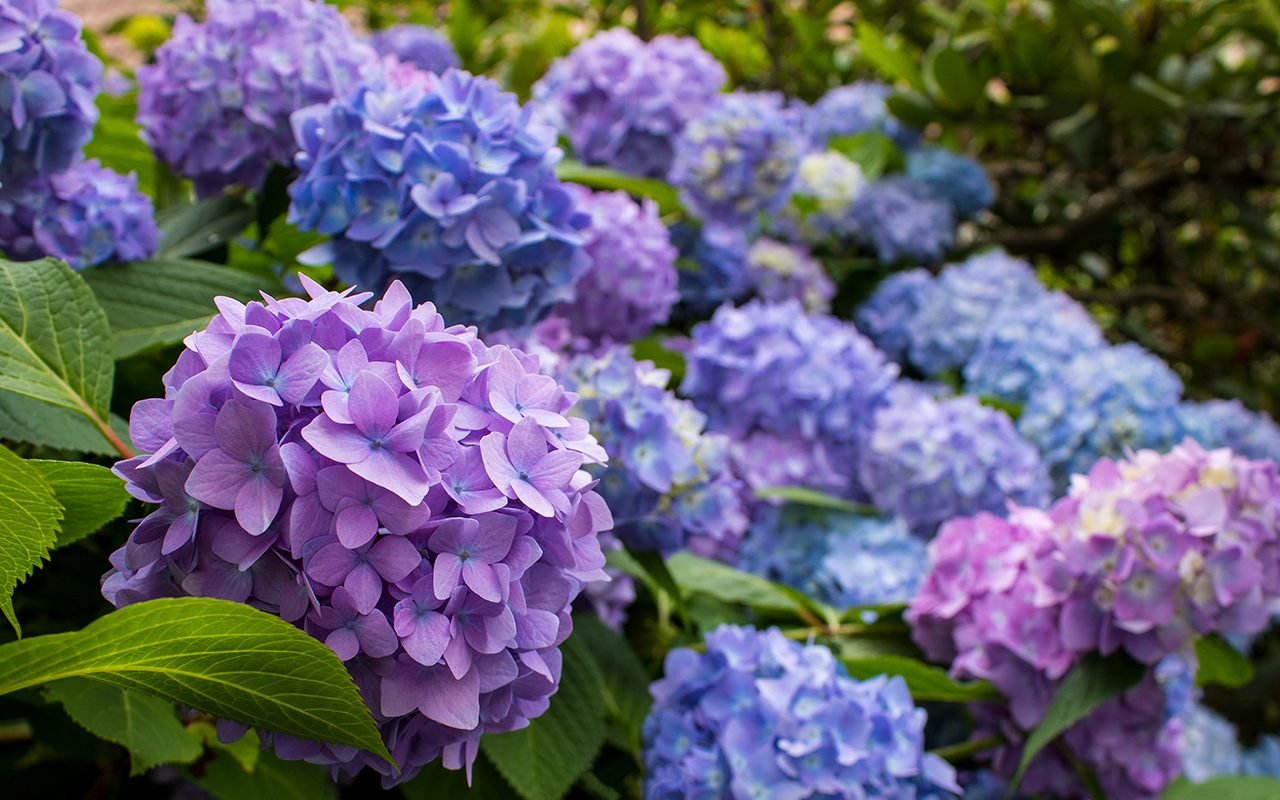The Ultimate Guide To Hydrangeas: Everything You Need To Know
The Ultimate Guide to Hydrangeas: Everything You Need to Know
Hydrangeas are some of the most popular and beloved flowering shrubs in the world. With their large, showy blooms that come in a wide range of colors, hydrangeas can add a touch of elegance and beauty to any garden. But hydrangeas aren't just beautiful – they're also relatively easy to care for. With a little knowledge and effort, you can enjoy hydrangeas in your own garden for years to come.
In this guide, we'll cover everything you need to know about hydrangeas, from choosing the right variety for your climate to planting and caring for your plants. We'll also provide some tips on how to extend the blooming season and get the most out of your hydrangeas.
Choosing the Right Hydrangea Variety
There are over 70 species of hydrangeas, and each one has its own unique characteristics. Some hydrangeas are large and showy, while others are smaller and more delicate. Some hydrangeas bloom in the spring, while others bloom in the summer or fall. And some hydrangeas produce blue or pink flowers, while others produce white or green flowers.
The best way to choose the right hydrangea variety for your garden is to consider your climate, the amount of sunlight your garden gets, and the color of flowers you prefer. If you live in a warm climate, you'll want to choose a hydrangea variety that is heat-tolerant. If you have a shady garden, you'll want to choose a hydrangea variety that can tolerate partial shade. And if you have a preference for blue or pink flowers, you'll need to choose a hydrangea variety that blooms in acidic soil.
Once you've considered these factors, you can start browsing through the different hydrangea varieties available. There are many great resources available online and at your local nursery. With a little research, you're sure to find the perfect hydrangea variety for your garden.
Planting Hydrangeas
Once you've chosen your hydrangea variety, it's time to plant your plants. Hydrangeas prefer well-drained soil that is rich in organic matter. They also need full sun to partial shade. When planting your hydrangeas, dig a hole that is twice as wide and as deep as the root ball. Backfill the hole with soil and water the plants thoroughly.
If you live in a cold climate, you may want to consider planting your hydrangeas in containers. This will allow you to bring them indoors during the winter months. When planting hydrangeas in containers, use a well-draining potting mix and make sure the container has drainage holes.
Caring for Hydrangeas
Hydrangeas are relatively easy to care for. They need regular watering, especially during the first year after planting. You should also fertilize your hydrangeas once a year in the spring. Use a fertilizer that is high in nitrogen and potassium.
In the fall, you may want to prune your hydrangeas. This will help to keep them healthy and encourage new growth. Hydrangeas can be pruned in a variety of ways, so you can choose the method that works best for you.
Extending the Blooming Season
If you want to extend the blooming season of your hydrangeas, there are a few things you can do. First, you can deadhead spent blooms. This will encourage new blooms to form. You can also fertilize your hydrangeas in the summer. This will help to keep them blooming throughout the season.
If you live in a warm climate, you may also want to consider cutting back your hydrangeas in the fall. This will encourage new growth in the spring and extend the blooming season.
Conclusion
Hydrangeas are beautiful and easy-to-care-for shrubs that can add a touch of elegance to any garden. With a little knowledge and effort, you can enjoy hydrangeas in your own garden for years to come.
If you're looking for a hydrangea nursery that offers a wide variety of plants, expert advice, and friendly service, then you need to visit . This family-owned and operated nursery has been growing hydrangeas for over 20 years, and they know everything there is to know about these beautiful flowers.
offers a wide selection of hydrangeas, from classic varieties like the Annabelle and Endless Summer to more unusual cultivars like the Limelight and Incrediball. They also have a wide variety of sizes and colors to choose from, so you're sure to find the perfect hydrangea for your garden.
In addition to their wide selection of plants, also offers expert advice on hydrangea care. Their staff can help you choose the right hydrangea for your climate and soil conditions, and they can also give you tips on how to plant, fertilize, and water your hydrangeas.
is also known for its friendly and helpful staff. They're always happy to answer your questions and help you find the perfect hydrangea for your needs.
So if you're looking for a hydrangea nursery that offers it all, then you need to visit . They have the plants, the knowledge, and the friendly service you're looking for.
FAQ of hydrangea nursery
- What are the different types of hydrangeas?
There are many different types of hydrangeas, but some of the most common include:
* Bigleaf hydrangeas (Hydrangea macrophylla): These hydrangeas are known for their large, showy blooms that can range in color from blue to pink to white. They are hardy in USDA zones 5-9.
* Smooth hydrangeas (Hydrangea arborescens): These hydrangeas are smaller than bigleaf hydrangeas, but they are just as beautiful. Their blooms are typically white, but they can also be pink or blue. They are hardy in USDA zones 3-8.
* Panicle hydrangeas (Hydrangea paniculata): These hydrangeas produce large, cone-shaped blooms that can reach up to 12 inches long. They are hardy in USDA zones 3-8.
* Mound hydrangeas (Hydrangea serrata): These hydrangeas are known for their cascading blooms. They are hardy in USDA zones 4-8.
* Oakleaf hydrangeas (Hydrangea quercifolia): These hydrangeas are known for their large, lobed leaves that resemble oak leaves. Their blooms are typically white, but they can also be pink or blue. They are hardy in USDA zones 5-9.
- When is the best time to plant hydrangeas?
The best time to plant hydrangeas is in the spring or fall, when the weather is cool and moist. If you live in a warm climate, you can also plant hydrangeas in the winter.
- How much sun do hydrangeas need?
The amount of sun that hydrangeas need depends on the type of hydrangea. Bigleaf hydrangeas and smooth hydrangeas prefer partial shade, while panicle hydrangeas and mound hydrangeas can tolerate full sun. Oakleaf hydrangeas prefer full sun in cooler climates, but they can tolerate partial shade in warmer climates.
- How much water do hydrangeas need?
Hydrangeas need regular watering, especially during the first year after planting. Once they are established, they can tolerate some drought, but they will produce better blooms if they are watered regularly.
- How do I care for hydrangeas during the winter?
In colder climates, hydrangeas may need to be protected from the cold. You can do this by wrapping the plant in burlap or by covering it with a winter blanket. You may also need to water hydrangeas more frequently during the winter months.
Image of hydrangea nursery
- A row of hydrangea bushes in a nursery, with different colors of flowers in bloom.

- A close-up of a hydrangea flower, showing its delicate petals and intricate shape.

- A worker at a nursery watering a row of hydrangea bushes.

- A customer browsing through a selection of hydrangea plants at a nursery.

- A family planting a hydrangea bush in their garden, with the nursery worker giving them instructions.
Post a Comment for "The Ultimate Guide To Hydrangeas: Everything You Need To Know"